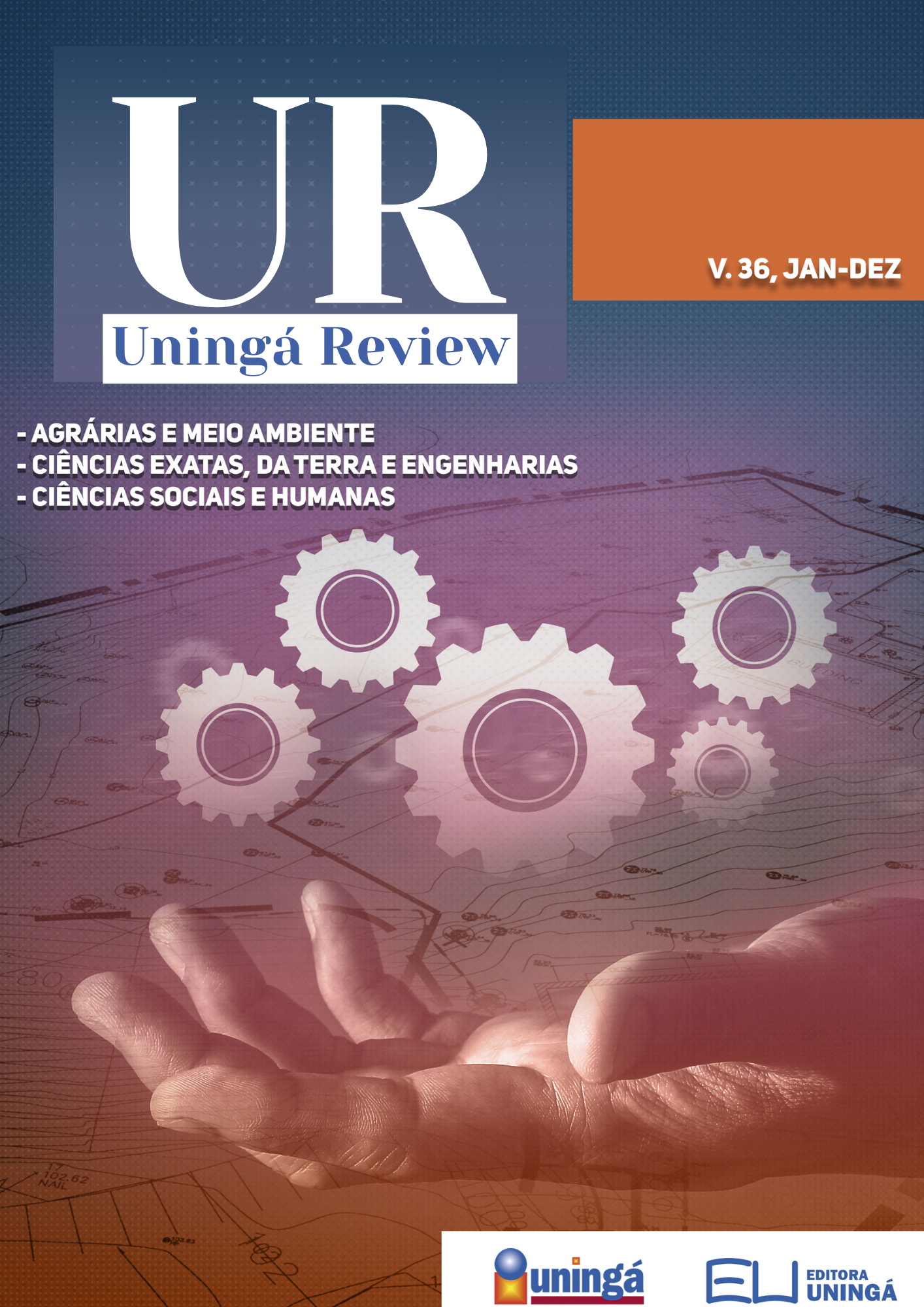ANALYSIS OF WHOLE POWDER MILK LABELING IN RELATION TO THE CRITERIA REQUIRED BY CURRENT LEGISLATION
DOI:
https://doi.org/10.46311/2178-2571.36.eURJ3698Keywords:
Food packaging, Food legislation, Powdered milk, Food labelingAbstract
Brazil is among the main milk producing countries in the world. Over the years, besides the commercialization of fluid milk, technology has managed to transform the liquid into powder through an evaporation and desiccation process, which maintains its nutritional value and prevents the growth of deteriorating and pathogenic microorganisms. The label for powder milk, as well as all packaged foods, must contain mandatory information required by specific legislation to maintain communication, nutritional and food security for the consumer. This study aimed to analyze the labeling of whole powdered milk produced in Vale do Taquari-RS and sold in supermarkets from a city in this region in order to compare it with the criteria required by the current legislation. In order to choose the products, we defined two parameters such as 400g packaging and whole powder milk because it has greater availability in the visited markets. We analyzed labels for both general and nutritional labeling criteria based on the current laws that regulate food labeling in Brazil, which are RDC no. 259/2002; RDC no. 359/2003; and RDC no. 360/2003. We also found that the labels were in compliance with the current Brazilian legislation in all evaluated items. In addition, it was possible to demonstrate that industries in the mentioned region are correctly following the standards and specifications imposed by Brazilian current legislation regarding food labeling criteria.
Downloads
Downloads
Published
How to Cite
Issue
Section
License
Copyright (c) 2021 REVISTA UNINGÁ REVIEW

This work is licensed under a Creative Commons Attribution 4.0 International License.
I declare/we declare that the text submitted here is original, of my own authorship and does not infringe any type of third party rights. The content is my/our sole responsibility. Possible research involving animals and/or human beings is in accordance with Resolution 196/96 of the National Health Council and its complements. I declare that I am/we are in possession of the written consent of patients and that the research and its procedures were timely and adequately approved by the Ethics Committee of the institution of origin. We further declare that all institutional affiliations and all sources of financial support for the work are duly informed. I certify that there is no commercial or associative interest that represents a conflict of interest related to the submitted work. If there is commercial interest, in addition to the technical and academic ones, in the publication of the article, the information will be reported during the text.







































